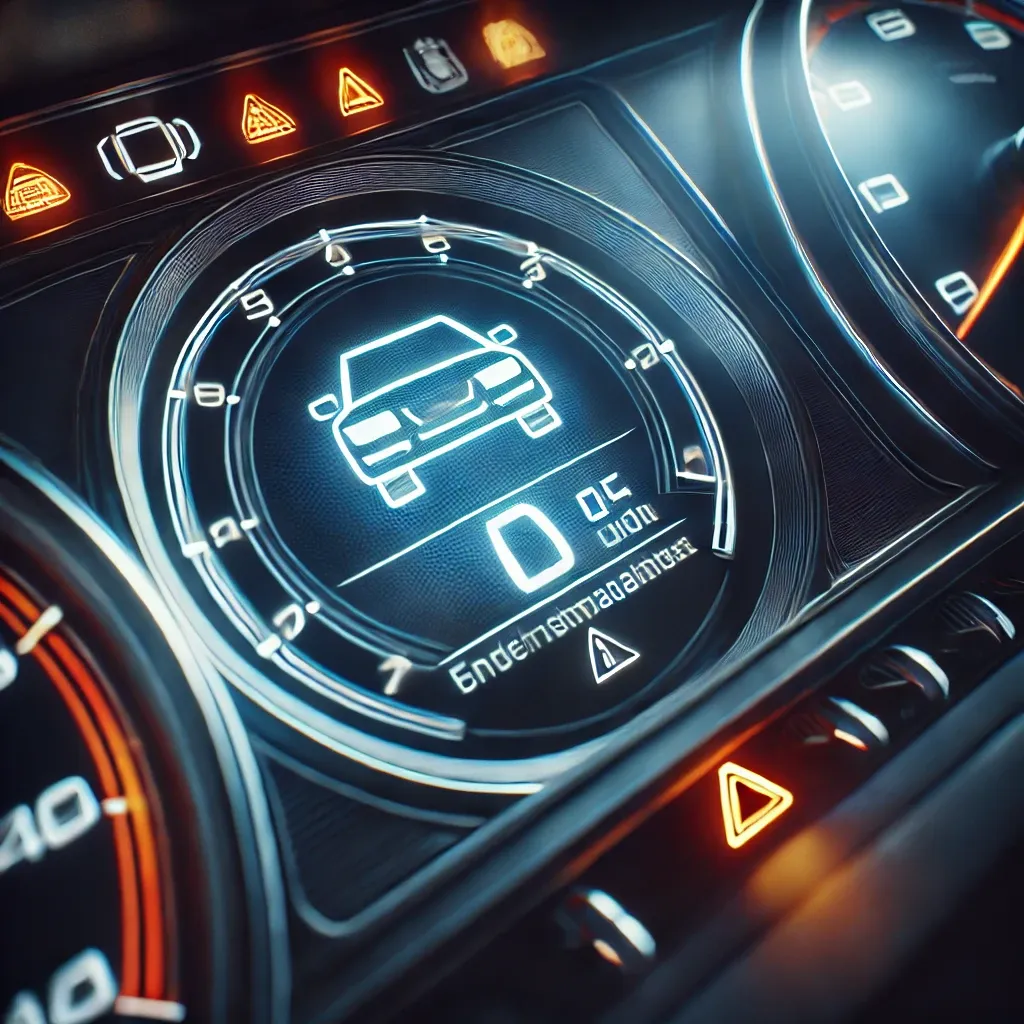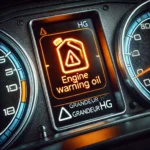Are you seeing the engine warning light after replacing your engine oil? Wondering if it’s a sign of a serious problem? Find out why this happens and how to resolve it.
Understanding the Engine Warning Light After an Oil Change
If you’ve recently replaced your engine oil and noticed the engine warning light staying on, you’re likely wondering whether it’s something to be concerned about. While it can be frustrating, it’s important to understand that this issue may not necessarily indicate a major problem. The engine warning light can illuminate for several reasons, some of which are easily fixable. Let’s explore why this happens and what you can do about it.
Common Reasons for the Warning Light After Oil Change
-
Oil Level Check
-
Sometimes, the engine warning light comes on due to low oil levels after the replacement. This can occur if the oil was overfilled or if some oil was lost during the process.
-
-
Oil Pressure Issues
-
If the oil pressure sensor detects abnormal oil pressure, the warning light might stay on. This is often related to improper oil circulation or a faulty sensor.
-
-
Oil Filter Problems
-
A new oil filter that hasn’t been properly installed or sealed can lead to issues. This may trigger the engine warning light since the oil is not circulating properly through the engine.
-
-
Faulty Sensor
-
The oil pressure sensor might malfunction after an oil change, leading to incorrect readings. This could cause the warning light to activate even if everything is functioning correctly.
-
-
Air in the System
-
After the oil change, if air bubbles are present in the oil system, it can prevent proper oil circulation, triggering the engine warning light.
-
How to Fix the Engine Warning Light After an Oil Change
If the engine warning light remains on after you’ve replaced your engine oil, there are several steps you can take to resolve the issue:
1. Double-Check Oil Levels
-
Ensure that the oil level is correct. Sometimes, an oil change may result in either too much or too little oil. Check the dipstick and, if necessary, add or drain oil to the proper level.
2. Inspect the Oil Filter
-
Verify that the oil filter was installed correctly. If the filter wasn’t seated properly, it could cause oil flow issues. You may need to replace the oil filter if it’s defective.
3. Check for Oil Leaks
-
Inspect the area around the oil filter, drain plug, and oil pan for any signs of leaks. Leaks can cause low oil pressure, which triggers the warning light.
4. Reset the Engine Warning Light
-
Sometimes, after an oil change, the engine warning light can stay on due to a reset issue. In many cases, disconnecting the car battery for a few minutes or using an OBD-II scanner can reset the light.
5. Consult a Mechanic
-
If you’ve tried all of the above and the light stays on, it might be time to consult a professional. There could be a deeper issue with the engine, such as a faulty sensor or a more serious problem with the oil system.
Why the Engine Warning Light Shouldn’t Be Ignored
Ignoring the engine warning light, especially after an oil change, can lead to serious problems if the root cause is not addressed. The warning light is designed to alert you to potential issues such as oil pressure problems, low oil levels, or faults with the engine components. If left unresolved, these issues could lead to engine damage, reduced performance, and more expensive repairs down the line.
The Importance of Timely Intervention
It’s essential to address the issue promptly. If the warning light stays on and you can’t identify the problem yourself, consider taking the car to a mechanic for a thorough inspection. The sooner you act, the better chance you have of avoiding costly repairs in the future.
Conclusion: Ensuring a Smooth Drive After an Oil Change
In conclusion, the engine warning light after an oil change isn’t always a sign of something serious, but it’s a signal that should not be ignored. Whether it’s a simple oil level issue or a more complex problem, addressing the cause of the warning light promptly will ensure the longevity of your engine. By following the steps mentioned above, you can either resolve the issue on your own or seek professional help when necessary.
Remember, routine maintenance like oil changes is key to keeping your engine running smoothly, but paying attention to warning lights is just as crucial to maintaining your vehicle’s health.
If you’re unsure or need more information, don’t hesitate to consult with a professional or check online resources for further guidance. Stay safe and happy driving!






